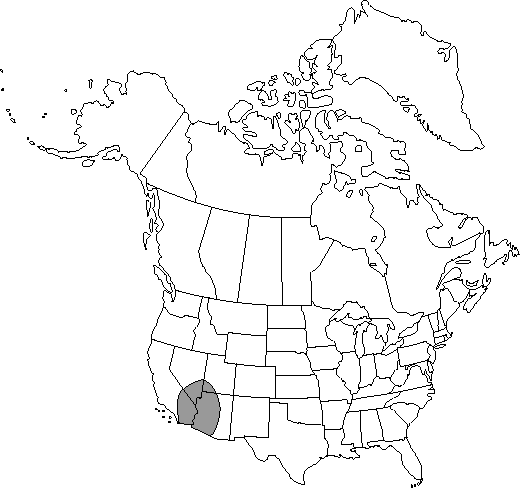Difference between revisions of "Ephedra fasciculata"
Amer. J. Bot. 21: 573. 1934.
FNA>Volume Importer |
FNA>Volume Importer |
||
| Line 12: | Line 12: | ||
|name=Ephedra clokeyi | |name=Ephedra clokeyi | ||
|authority=Cutler | |authority=Cutler | ||
| − | }}{{Treatment/ID/Synonym | + | }} {{Treatment/ID/Synonym |
|name=Ephedra fasciculata var. clokeyi | |name=Ephedra fasciculata var. clokeyi | ||
|authority=(Cutler) Clokey | |authority=(Cutler) Clokey | ||
| Line 53: | Line 53: | ||
|publication year=1934 | |publication year=1934 | ||
|special status= | |special status= | ||
| − | |source xml=https://jpend@bitbucket.org/aafc-mbb/fna-data-curation.git/src/ | + | |source xml=https://jpend@bitbucket.org/aafc-mbb/fna-data-curation.git/src/8f726806613d60c220dc4493de13607dd3150896/coarse_grained_fna_xml/V2/V2_388.xml |
|genus=Ephedra | |genus=Ephedra | ||
|species=Ephedra fasciculata | |species=Ephedra fasciculata | ||
Revision as of 15:47, 18 September 2019
Shrubs erect or prostrate, 0.5–1 m. Bark gray, cracked and fissured. Branches opposite or whorled, rigid, angle of divergence about 30°. Twigs pale green, becoming yellow with age, not viscid, usually smooth or very slightly scabrous, with numerous longitudinal grooves; internodes 1–5 cm. Terminal buds conic, 1–3 mm, apex obtuse. Leaves opposite, 1–3 mm, connate to 1/2–3/4 their length; bases membranous, brown, shredding and becoming gray with age, ± persistent; apex obtuse. Pollen cones 2–several at node, ellipsoid to obovoid, 4–8 mm, sessile; bracts opposite, 4–8 pairs, light yellow, obovate, 2–3 × 2 mm, membranous, slightly connate at base; bracteoles exceeding bracts; sporangiophores 3–9 mm, 1/4–3/4 exserted, with 6–10 sessile to short-stalked (less than 1 mm) microsporangia. Seed cones 2–several at node, obovoid to ellipsoid, 6–13 mm, sessile or on short peduncles; bracts opposite, 4–7 pairs, elliptic, 3–7 × 2–4 mm, membranous with light brown to green, thickened center and base, slightly connate at base, margins entire. Seeds 1(–2), ellipsoid, 5–12 × 3–5 mm, light brown, longitudinally furrowed.
Phenology: Coning March–April.
Habitat: Dry rocky slopes, washes, and sandy areas
Elevation: 300–1200 m
Distribution

Ariz., Calif., Nev., Utah.
Discussion
Selected References
None.